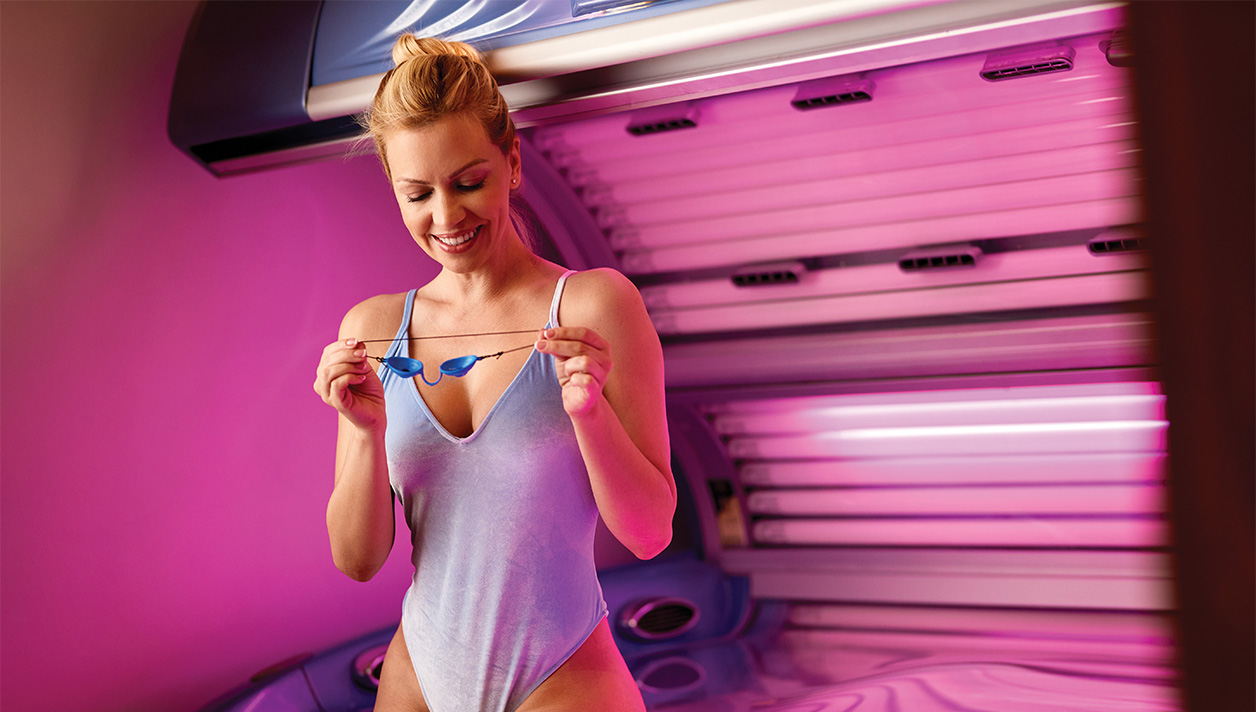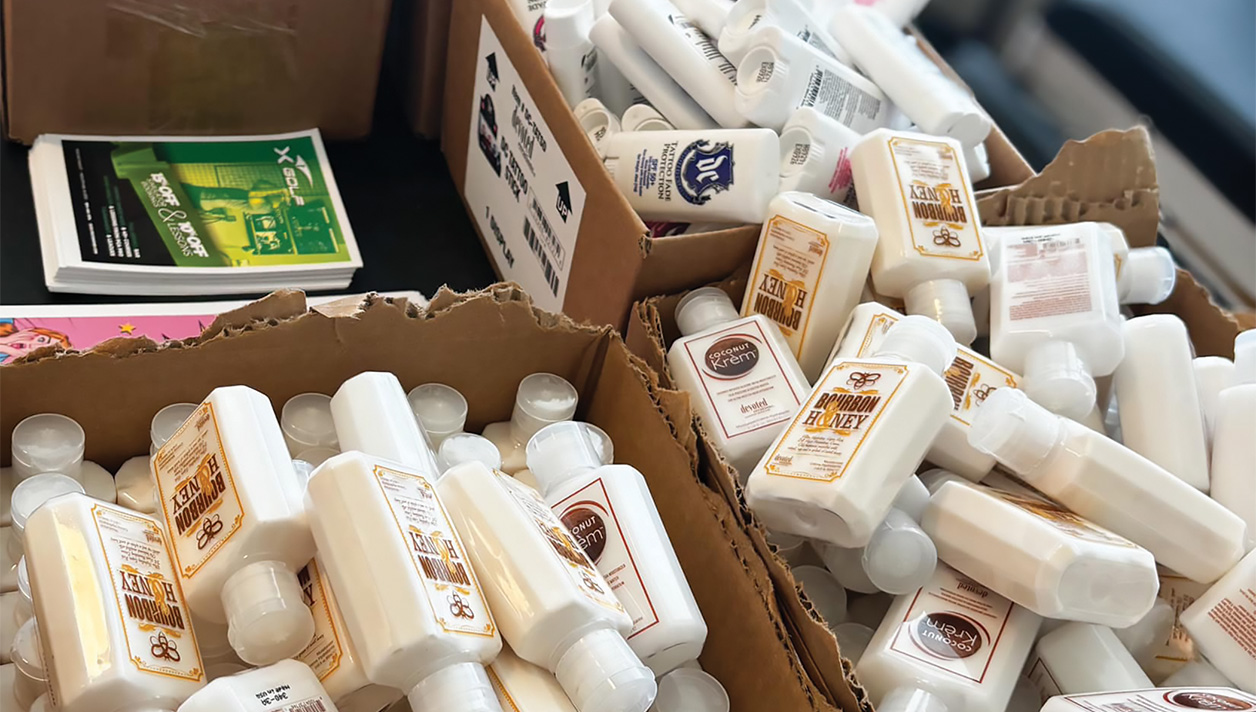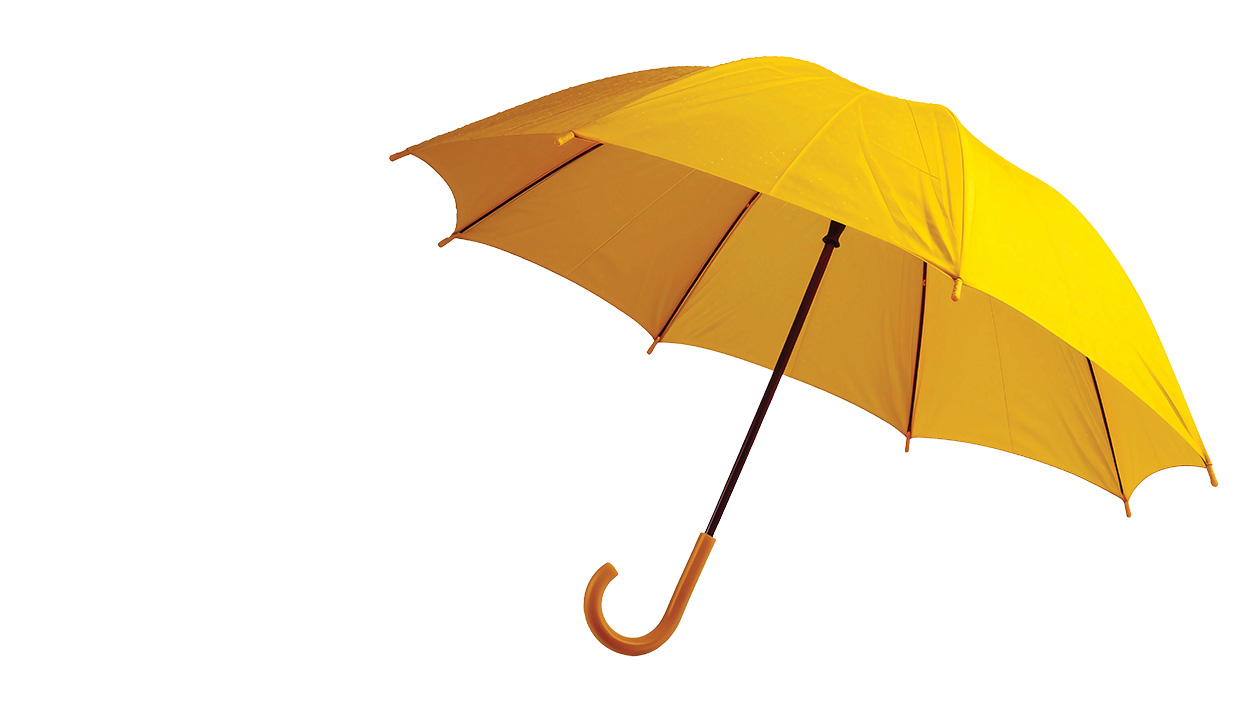I am often contacted by salon owners who are confused as to what UV lamps – both low- and high-pressure – really are, and what they represent. Here are a few of those frequently-asked questions:
Q: What is the UVB percentage of a sunlamp?
A: When it comes to performance, the percentage of UVB compared to UVA is less relevant than where the UVB peaks on the nanometer scale.
For many years, and too often still today, the simple reference of UVB percentage/content has been the only aspect manufacturers and salon operators have discussed. It is important to understand that the supply voltage – the actual current in watts – as well as the ratio of UVB to UVA are integral parts of the tanning unit’s performance. In addition, and herein lies the secret truth: The performance of a tanning lamp is measured in mw/cm2, and one must measure both the peak’s amplitude and where on the nanometer scale the UVB and UVA peaks occur, in order to properly ascertain a lamp’s optimal bronzing ability.
Excellent tanning performance is created by a highly-efficient UV spectral range characterized by proprietary metal-halogenide mixture in high-pressure lamps, and phosphor mixtures in fluorescent lamps.
Use of high-quality components such as the quartz glass for high-pressure lamps and electrodes and gas mixtures must be complemented by a rigorous control system to ensure quality, performance and long life. Same thing with the special transparent UV glass used for fluorescent lamps, and preferably, long cooling zones.
Lamps must be designed for perfect system integration of filter glasses, reflectors, ventilation and comfort for the tanner.
Q: What is the life expectancy of high-pressure lamps?
A: Sunlamp life varies, as the same lamp model will perform longer in some
tanning units, depending on cooling, as well as the ambient temperature in the salon. Lamps can be under-cooled and that can reduce their useful life by 100-200 hours.
Q: Can I increase a tanning bed’s UV output by installing a higher-wattage HP lamp?
A: You can – but it is a waste of money as higher-wattage lamps are more expensive and in fact, will not perform as well as the lamp specified by the tanning system’s manufacturer. The ballast employed by the tanning system determines the output.
Q: Why are there several 800-1,000W high-pressure lamp models that have the same socket but their glass envelopes are different sizes?
A: There are different reflectors employed by different tanning units that require different lamps, due to where the arc of the lamp output should be for best performance. In addition, a large glass envelope is easier to cool than a smaller one, as some older tanning systems may not have adequate cooling. One should not randomly pick a “similar” lamp just because it fits the lamp holder.
Got a question for me? You can submit any lamp question at istmagazine.com!



























